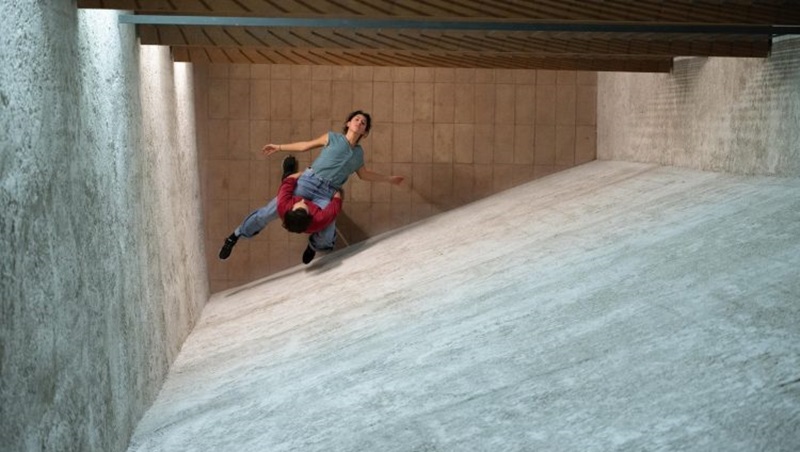ICHINOMIYA, Japan (AP) – The debut of surfing at the Olympics is making it clear that these wave tamers are also non-degree masters of science – in climatology, meteorology and oceanography, to be exact.
Professional wave hunters are by definition fanatics of atmospheric sciences because few – or perhaps none – sports are so dependent on such an uncontrollable variable: weather.
And few define themselves on such an uneven court, literally, the ocean.
Surfers are known to study all related factors in detail.
“Every time the wind blows, which way does it blow?” Asked Owen Wright, 31, who competes for Australia. “We don’t just look at the weather and say, ‘Oh, it’s nice and sunny!’ Because we might know that (the wind) is probably off the coast. We never just say, ‘Oh, it’s raining!’ Everything always has to do with the way the tide looks ”.
At the Olympics, organizers prepare for at least three days of competition over an eight-day period, starting on July 25. Surfing competitions are determined on a certain day, based on the weather forecast, wave height, wind direction, tidal direction and temperature, among other aspects of scientific data. “
“All the people who go to the ocean, whether they are surfers or not, are amateur meteorologists or oceanographers,” said Kurt Korte, Surfline’s weather forecaster and official meteorologist for Olympic surfing.
But the numbers can only provide information up to a certain limit. Weather data is just part of the equation for assessing what the vast ocean will hold, which can change between one half-hour heat and the next.
Waves are created by the way ocean swells interact with the contours of the bottom, called ravines. Beach streams, as at Tsurigasaki, the sport’s venue at the Olympics, are related to sandbars, which can change over time or due to storms.
In simple terms, competitive surfing is about deciding which wave to take and which move will best take advantage of what the ocean brings.
Surfers have to stay prepared, continually watching the waves to better guess which one they will ride.
How often do the waves come? How many waves are there in a series? Which ones in that series offer the best quality? ”Said Richard Schmidt, a retired professional surfer who now operates a surfing school in Santa Cruz, California.
The first wave in the series will be a bit bumpy, but the second and third will be more amazing, because the ridges are better formed by that first wave. So you watch the waves for a bit and sort of decide where their quality starts to rise. “
Copyright 2021 The Associated Press. All rights reserved. This material may not be published, broadcast, rewritten or redistributed without permission.





